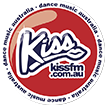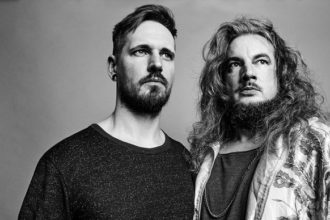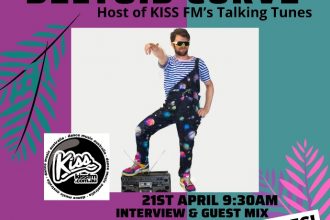Meditation, Floating and your Brain.
When we think about meditation, we visualise sitting still in silence, in peaceful, calm surrounds, but this is only one form.
There are also forms known as moving meditation. When people exercise such as swimming or running, they get into a zone and become one with their body. They let go of their daily stresses and become one fluid being that experiences a Zen like state.
Mindfulness is very much a style of meditation that encourages the individual to sit still for 15-20 mins daily and practice awareness/mindfulness and compassion. The health benefits that scientific research has linked to meditation focuses more on the brain wave patterns, exploring the consciousness and how this affects the other body systems.
We now know that meditation has positive changes by improving metabolism, reducing blood pressure, helping reduce or manage pain in the body and dealing with stress.
Floating promotes a state of consciousness normally only experienced just before sleep or deep meditation, called theta. Buddhist monks can achieve consistent and sustained theta states after many years of training and practice. Floating, however, can offer an increase in theta waves in a matter of weeks.
The benefits are for all, but those in creative industries, such as designers, writers, musicians, painters, architects, and advertising professionals, often find that they can visualise and design in the tanks or are inspired after a float.
Researchers at the National Institute for Mental Health at the University of Colorado, have demonstrated that floating can contribute to the synchronization of the left and right hemispheres of the brain. Floating harmonizes the left half with the creative visual right half, encouraging more holistic thinking.
The float tank is the optimal environment for visualisation because the relaxation it ensures is so profound. The brain soon begins to generate an unprecedented amount of very slow, strong, rhythmical theta waves.
Theta waves are associated with vivid, life like, lucid images. All the methods of visualisation used throughout history – the yogis’ and monks’ relaxed, motionless lotus posture, for example, have emphasised that a state of deep relaxation is essential to successful visualization.
In the tank, deep relaxation and strong mental imagery come spontaneously and effortlessly.
Acknowledgements:
- The source of information has come from Float Dreams’ Shoshana Leibner
- The Book of Floatingby Michael Hutchinson.
Dr Mychelle Whitewood (TCM)
More Posts for Show: The Beautiful Drive




